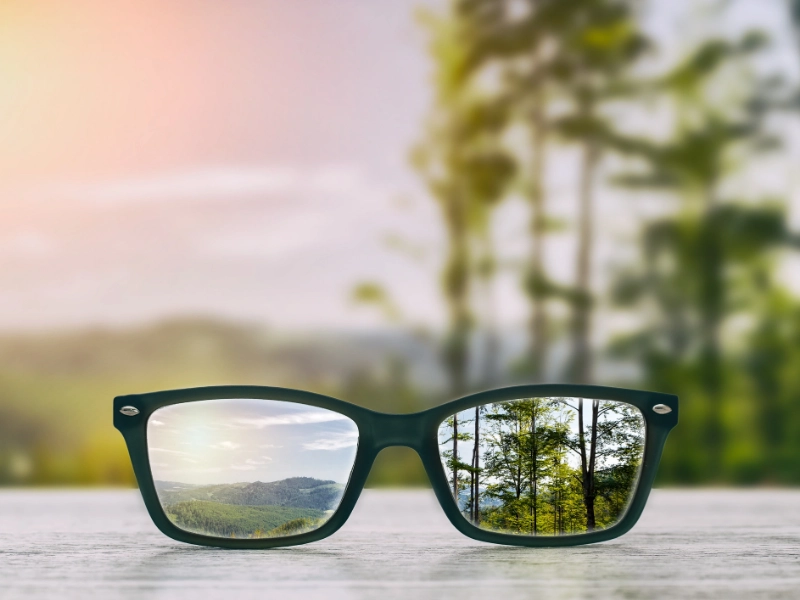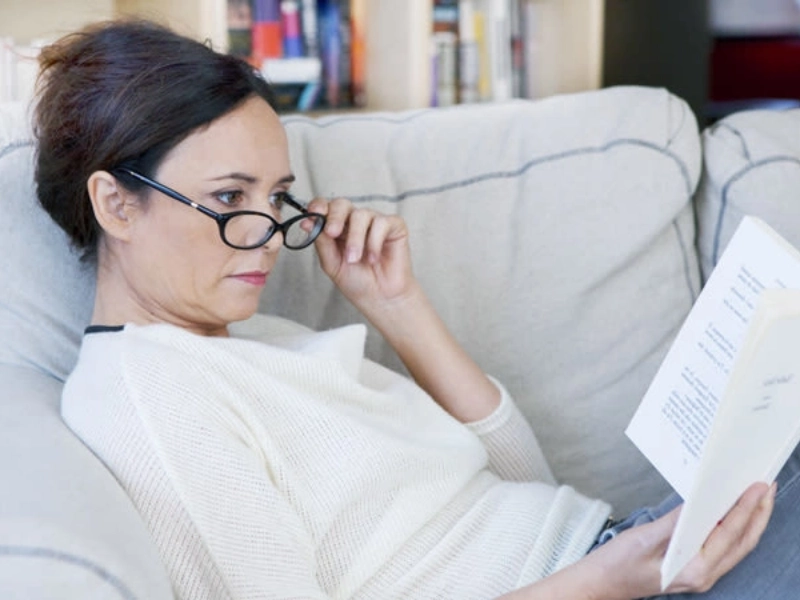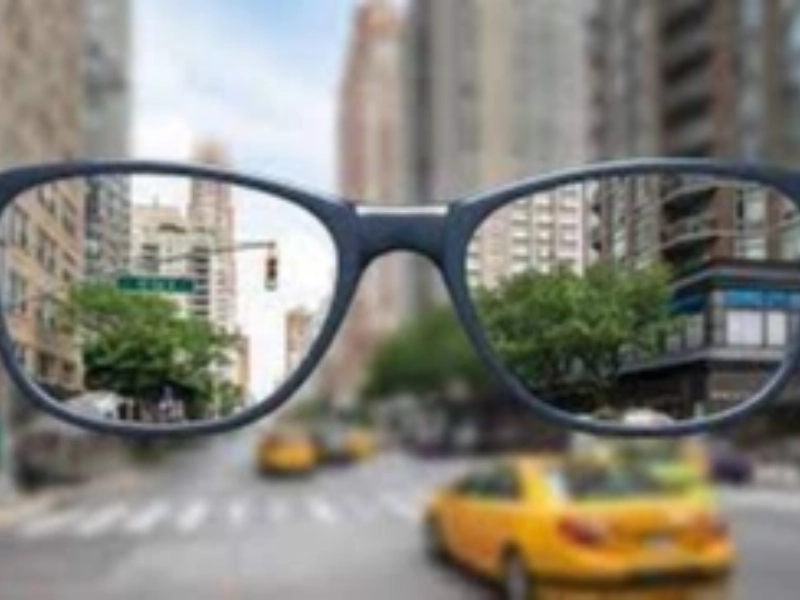Far-off things may appear fuzzy due to a condition known as myopia, or shortsightedness. Moreover, headaches and eyestrain may result from it.
It occurs when the cornea, or transparent front surface of the eye, bends too sharply or when the eyeball is overly long. This causes distant images to become hazy because light entering the eye focuses on the retina.

Far-off objects could appear hazy if you have shortsightedness. This is due to the fact that light entering your eye focuses in front of your retina instead of on it directly. This is referred to as nearsightedness, or myopia.
While near things can be clearly seen by someone with myopia, reading a board or watching TV from a distance can be challenging. In addition, they may strain or squint their eyes to perceive distant objects. Particularly while using a computer or other handheld device, this might cause headaches and fatigued eyes.
It's critical to get a thorough sight test performed by an eye healthcare professional if you or your child experience fuzzy distance vision. A refraction exam and tests to gauge your eyesight at various distances will be part of this. Depending on the findings, you may require contact lenses or spectacles to correct your eyesight. Additionally, spending time outside is a good idea since it can slow down the progression of myopia.

You probably have nearsightedness if close-up things appear hazy or fuzzy. This is also referred to as myopia, and it is correctable with contacts or glasses.
When your eyeball is too long from front to back or the cornea has a sharp curve, light entering the eye focuses in front of the retina instead of on it, which results in nearsightedness. If you spend a lot of time looking at handheld devices like phones and tablets, this may cause distant objects to appear fuzzy or blurry.
This frequent illness is made worse by spending too much time indoors. It can also be brought on by a bad diet, especially one heavy in sugar and saturated fat, or by a hereditary predisposition to shortsightedness. Using this vision simulator, try adjusting the slider to see what it's like to be shortsighted. Inquire with your optician about other options for maintaining good eye health and delaying the advancement of myopia, such as using daily disposable contacts that limit its progression or ortho-keratology contact lenses that reshape your cornea while you sleep.

Those who are shortsighted find it difficult to read, watch TV, or go to the movies because distant objects appear hazy. An eye test can detect shortsightedness, also referred to as myopia, which is a prevalent problem.
An eye chart will be used by your optometrist or ophthalmologist to assess your vision. You will be asked to read letters at a distance that a person with normal vision can see in order to gauge your level of vision clarity.
Myopia is a condition that sometimes runs in families and is associated with excessive amounts of time spent focused on close things, such as writing, reading, or using hand-held devices (such as tablets and smartphones). Children who spend a lot of time indoors and get little outside exercise may be more likely to develop shortsightedness, according to recent studies. It is advised that they start receiving frequent eye exams at a young age because of this.

Those with short sight may perceive distant objects as fuzzy. Driving, enjoying sports, and seeing distant people may all be hampered by this. Moreover, headaches and eyestrain may result from it.
During an eye exam, shortsightedness can be identified, as it is a prevalent condition. You will be asked to read letters on an eye chart by an optometrist or ophthalmologist during the exam. You have 6/6 vision if you can comfortably see the entire chart without straining.
Although shortsightedness cannot be cured, it can be managed with glasses, contact lenses, surgery, or a specialised lens implant. It's crucial to always wear your glasses in order to preserve your vision.
From the age of three, children should undergo routine eye exams. See an optometrist or physician if you have concerns about your child's vision. Even infants who are too young to read can be evaluated using an eye chart.